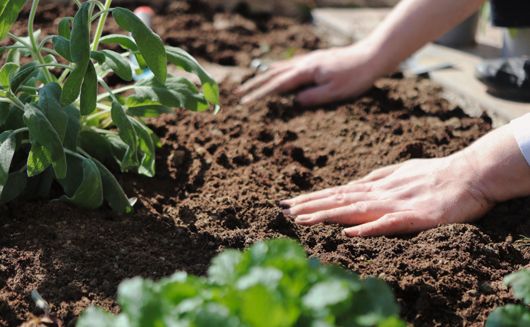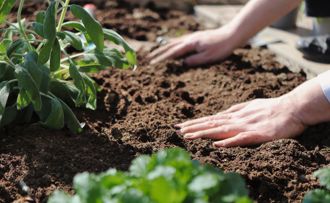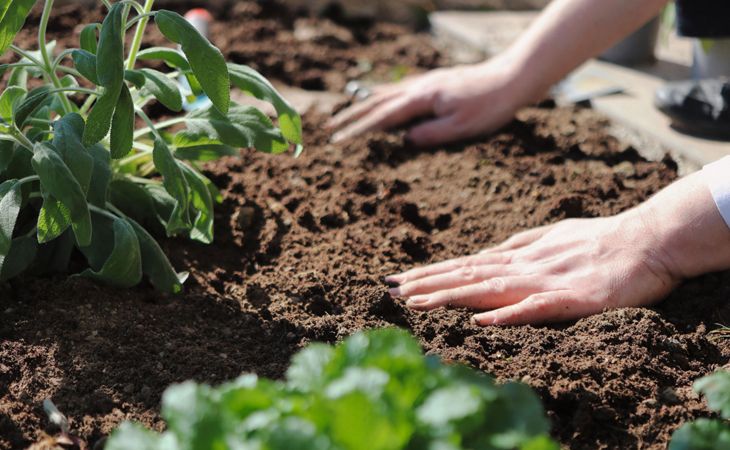The Importance of Soil Testing


Healthy fruit trees are the key to growing great fruit. Soil testing is one thing you can do to determine what your fruit trees need for success.
Why should we test our soils?
Nothing beats eating fresh homegrown fruit and vegetables, and the best harvest comes when you start your plants and trees off right. There is one thing that we can do that will ensure healthy fruit trees and plants and improve quality and flavor at the same time: Soil tests!
It seems anticlimactic after that build up, but seriously, when we know what to add to our soil, we end up with healthy plants and trees with good quality fruit. They are more productive and less susceptible to pests, diseases, and winter injury.
All soils are different. Nutrient levels, which are necessary for plant growth – as well as soil pH, texture, and structure – vary from site to site. It’s hard to know what your soil needs without knowing what is there already. Soil tests are the way to find this information.
Soil Testing
Soil testing can be done either in a public (state) or private laboratory. For state labs, contact your local Cooperative Extension Services.
Nutrients analyzed will vary from lab to lab. Most professional soil tests give you an analysis of:
- Nutrient levels – i.e. nitrogen (N), phosphorus (P), potassium (K), calcium (Ca), magnesium (Mg), sulfur (S), iron (Fe) and zinc (Zn).
- Soil pH – low/acidic pH (below 7.0), neutral pH (7.0), or high/lime pH (above 7.0).
- CEC – "cation-exchange capacity"; the nutrient-retention capacity of the soil
- Organic matter
Here are some tips from the University of Illinois Extension on Taking a Soil Sample (video).
Handy soil meters and easy-to-use soil kits are available for testing soil. These kits give a rough idea of pH and major nutrients (N-P-K) in the soil. We can also roughly figure out our soil composition/texture with the "Jar Test".
Before Adding Anything to the Soil...
We must first find out the nutrient requirements of our fruit trees and plants. Spectrum Analytic labs website has good articles on nutrient requirements of apple trees as well as grapes, raspberries and other brambles. You can also find soil type and pH needs in the Characteristics of the varieties you're interested in on starkbros.com! Articles require signup to view.
View Articles ›
Once we have the soil test results, we can add exactly what our soil and ultimately what our fruit trees and plants need. We won’t run into the risk of adding too much fertilizer, which will pollute our groundwater and streams. Soil tests save time, money, and the environment – and we end up with tasty nutritious fruit! What more can we ask?
Find more visually educational references on Cristina's Pinterest Board here: Soil experiments

Jar Test
Collect a sample of soil – 1/4 cup will do. Remove debris like rocks and trash. Crush the remaining soil so that all parts are consistent and fine. Shake* your 1/4 cup of soil in a 1-quart jar (taller is preferable, with a lid), add just under 4 cups of water, and let everything settle. *Shake hard enough and long enough to agitate the particles into separating.
Once settled, measure the levels that compose your soil by marking lines on your jar:
- Sand (settles after 1-2 min)
- Silt (settles after 2 hours)
- Clay (settles after 2-3 days)
Quick and Simple Soil Ribbon Test
Watch as Gary perfoms and quick and simple soil ribbon test to help determine the texture and clay content in soil.
Shop Digital Soil Meters
Guest article by Cristina da Silva
- Article Categories:
- How To Grow
- Ideas & Inspiration










































